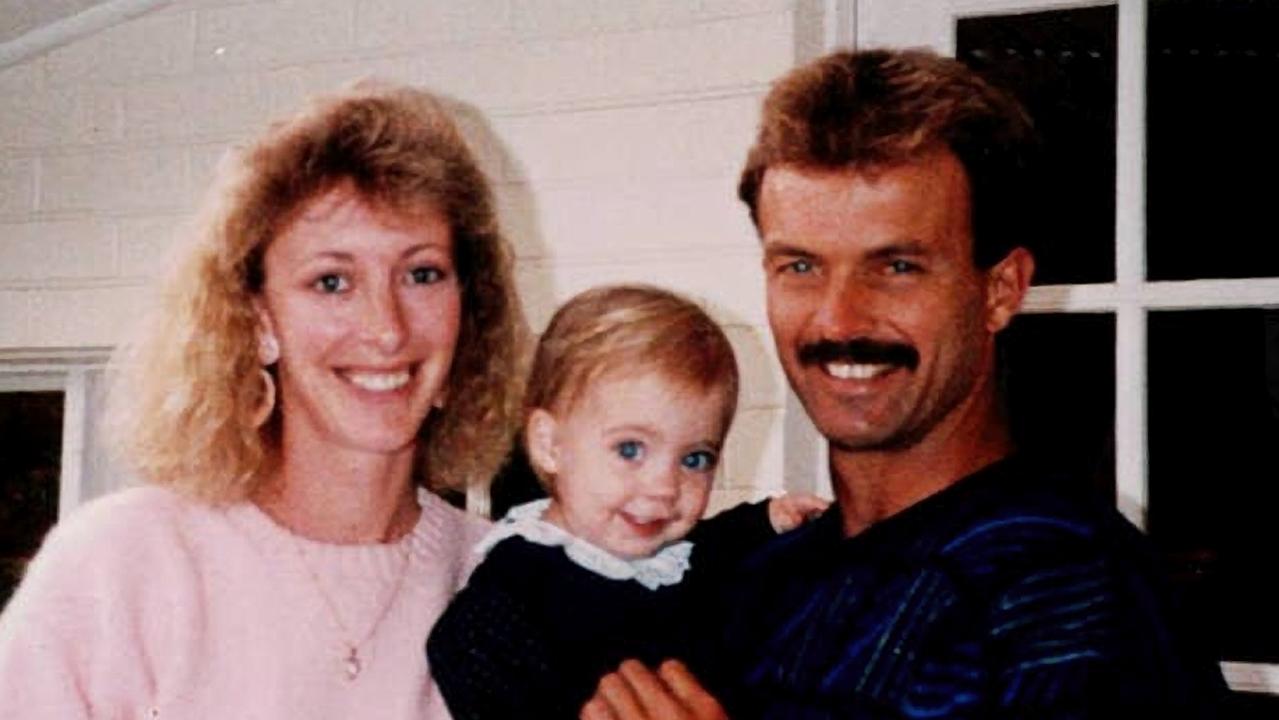Errors admitted over DNA taken from Claremont victims
A forensic pathologist has admitted to recording several errors on a DNA sample sheet prepared for police in the Claremont serial killer case.
A forensic pathologist has admitted to recording several errors on a DNA sample sheet prepared for West Australian police in the Claremont serial killer case.
PathWest pathologist Aleksander Bagdonavicius has admitted that he copied and pasted labels on samples of third victim Ciara Glennon’s fingernails, the source of crucial prosecution evidence in the Supreme Court trial of alleged killer Bradley Edwards.
In one case, test results for nail fragments from her left middle finger, called AJM42, were mistakenly added to the column for fragments from another finger. In another case, he recorded the left thumb sample as coming from the right thumb, and in others mixed up dates as to when samples were tested.
Mr Bagdonavicius said confusion arose in labelling a right ring finger nail sample. Asked by prosecutor Carmel Barbagallo if the information was correct, he said “No … It was probably an attempt to speed up typing.”
The way evidence was collected and stored is the subject of exhaustive examination, as DNA matched to Edwards and found under two of Glennon’s fingernails is crucial to the prosecution case.
Mr Bagdonavicius, who was giving evidence for a third day, said at one stage he had struggled with new laboratory software, resulting in no location for several samples being recorded when he typed them into the system.
He said the samples were located on shelf 12 in the lab. “I’ve either gone to shelf 12 or got a staff member to … because that was the most likely place to find a missing item,” Mr Bagdonavicius said.
He later clarified that he meant an item with “missing location details”.
The trial has already heard that it wasn’t until 2008 that samples were sent to Britain when a mixed DNA profile of Glennon and the accused was allegedly found in combined samples from her left thumb nail tip, or AJM40, and her left middle finger, AJM 42.
Edwards’s defence team claims contamination of DNA samples is an issue. Edwards denies murdering Sarah Spiers, 18, Jane Rimmer, 23, in 1996, and Ciara Glennon, 27, in 1997, but has pleaded guilty to a sexually motivated attack on a woman in 1988 and a rape in 1995.
Mr Bagdonavicius was asked about his testimony last week that AJM42, when tested in the early 2000s, showed a possible “trace of male DNA”, but the result was not strong so no further testing was recommended.
It seemingly contradicted previous evidence by PathWest forensic scientist Anna-Marie Ashley, who said no male DNA was found.
“At the time, we were trying to indicate to police which (samples) may or may not have had trace DNA present,” Mr Bagdonavicius said on Thursday.


